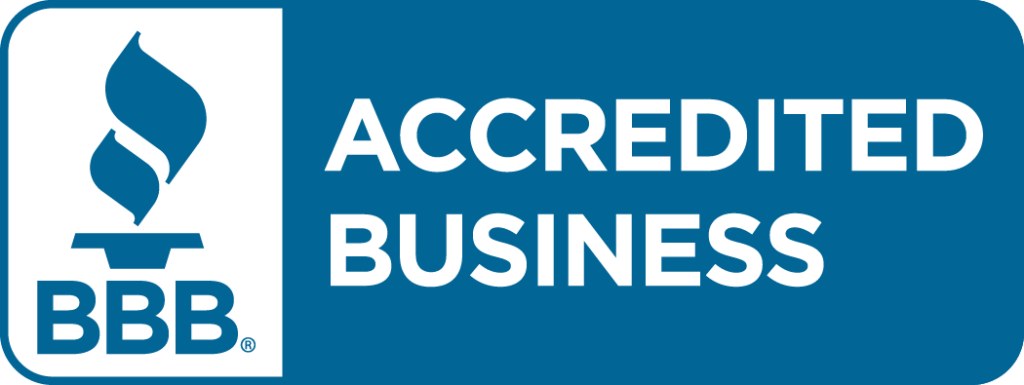Pool Heater Repair in Lake Worth
Telford Cooling Pool Heater Repair in Lake Worth, Florida
Telford Cooling specializes in pool heater repair services in Lake Worth Beach, recognizing the vital role that a well-maintained pool heater plays in maximizing the enjoyment of your outdoor haven.
In Lake Worth Beach, where the climate is conducive to year-round outdoor living, ensuring your pool heater is in optimal condition is crucial. Telford Cooling’s team of skilled technicians is dedicated to addressing any issues your pool heater may encounter promptly and efficiently. From troubleshooting malfunctions to conducting necessary repairs, we understand the significance of a properly functioning pool heater in sustaining your pool’s ideal temperature.
Regular pool heater maintenance is equally essential to prevent unexpected breakdowns and ensure longevity. Telford Cooling emphasizes the importance of scheduled maintenance to keep your pool heater operating efficiently, saving you from potential costly repairs and prolonging its lifespan. With our expertise in pool heater repair and maintenance, you can trust Telford Cooling to keep your pool at the perfect temperature, allowing you to unwind and enjoy the tranquility of your Lake Worth Beach retreat.

Fun Facts About Lake Worth:
- Home of the Annual Lake Worth Beach Street Painting Festival.
- Lake Worth Beach’s cottages are a key part of its history – most were built from the 1900s through the 1940s and are found east of Dixie Highway, from Sixth Avenue South to 10th Avenue North. Dotting the streets of the city, there are about 1,000 of them – more than any town in South Florida.
- The initial name of the area’s first post office was Jewell, sometimes spelled Jewel.
- Estimated population of Lake Worth was 38,548 in 2019.
Pro-Tip for Lake Worth Residents:
Don’t let heat build up all day and then try to cool areas quickly by turning the controls to maximum settings. Start units earlier in the day and cool areas slowly before they are occupied. Use the unit fan and portable fans to draw in cooler outside air and increase circulation. Use a higher (warmer) thermostat setting during peak periods or when the area is unoccupied. A setting of 75 to 80 degrees will cut power consumption by 15 percent. Turn off the unit and open doors and windows during cooler periods.


